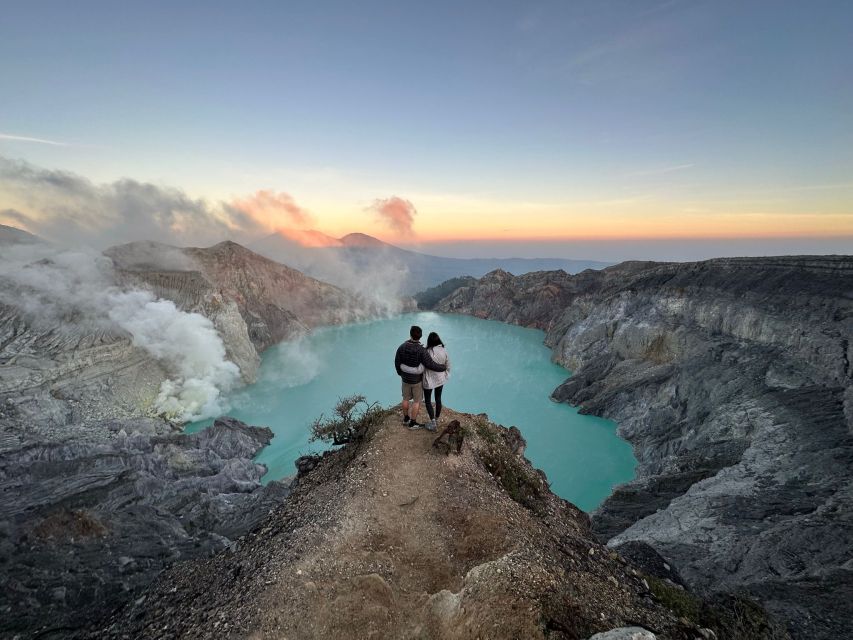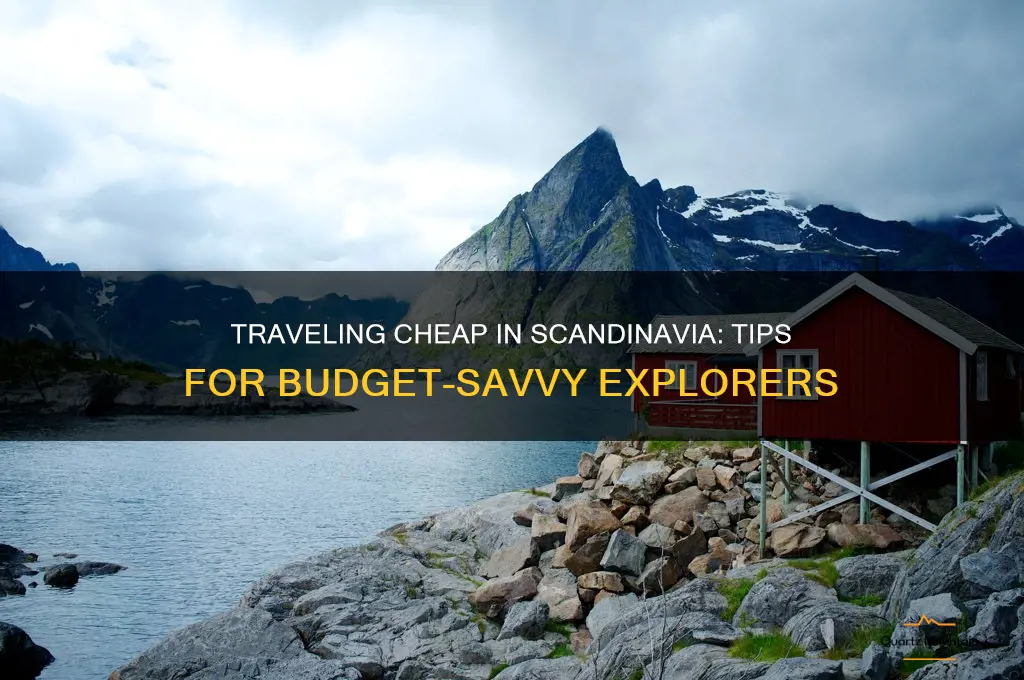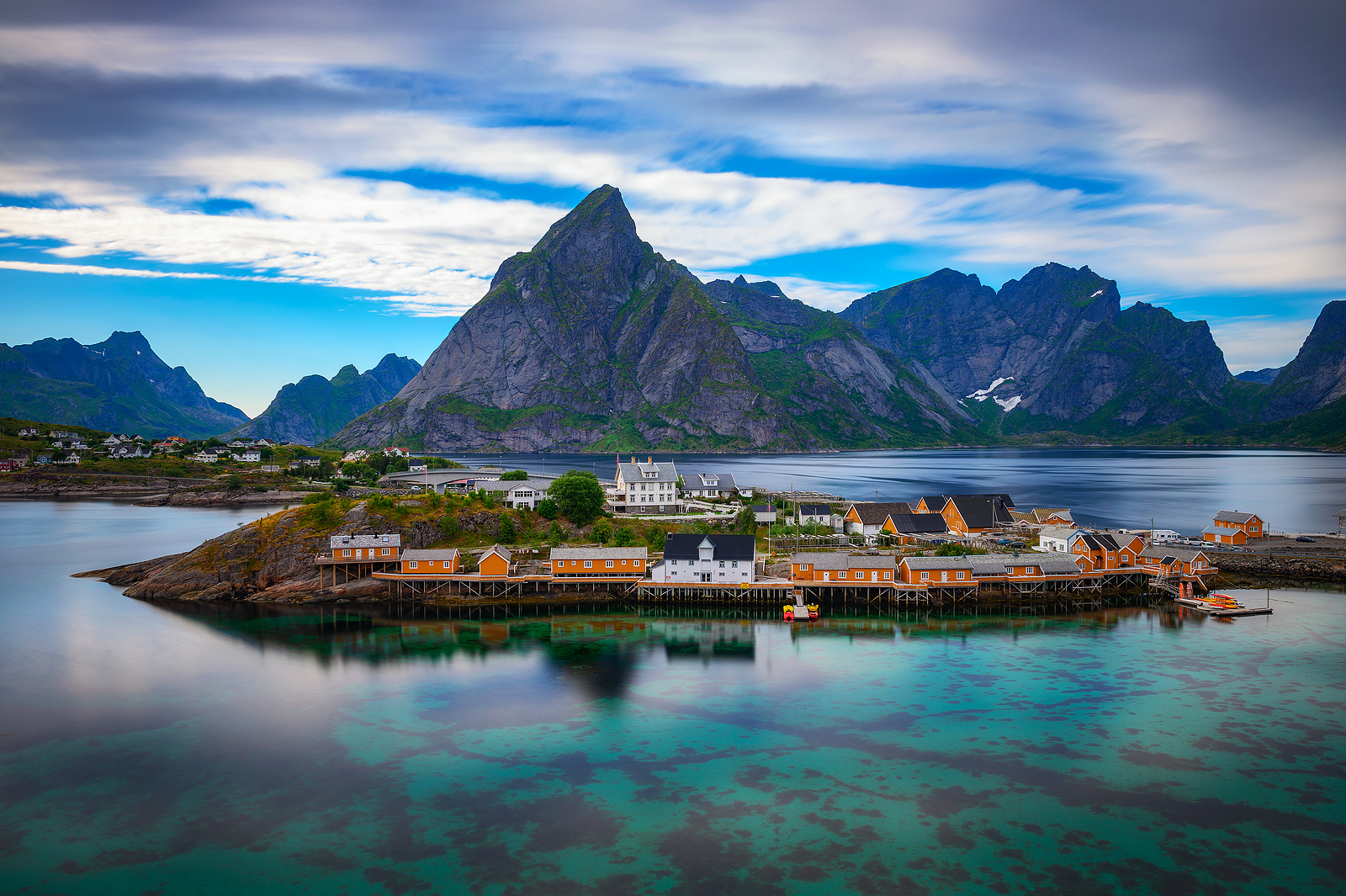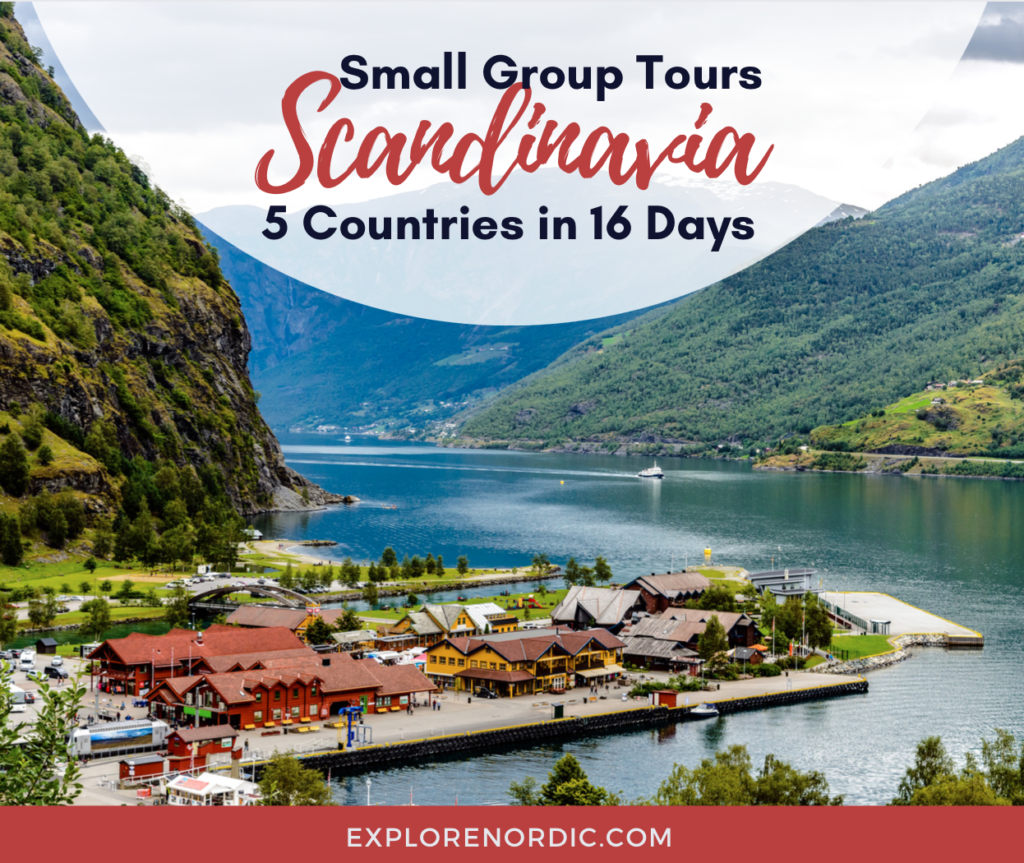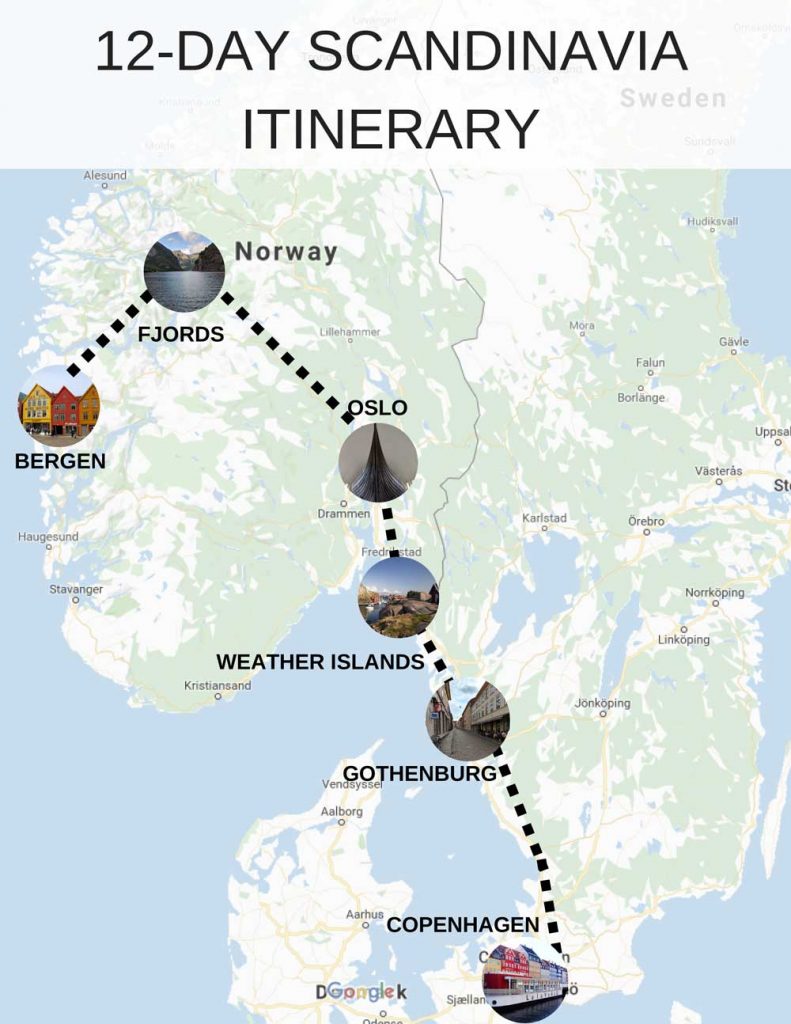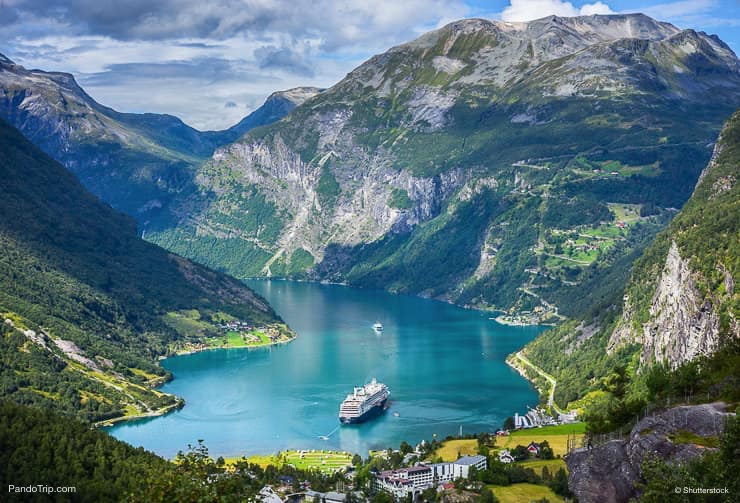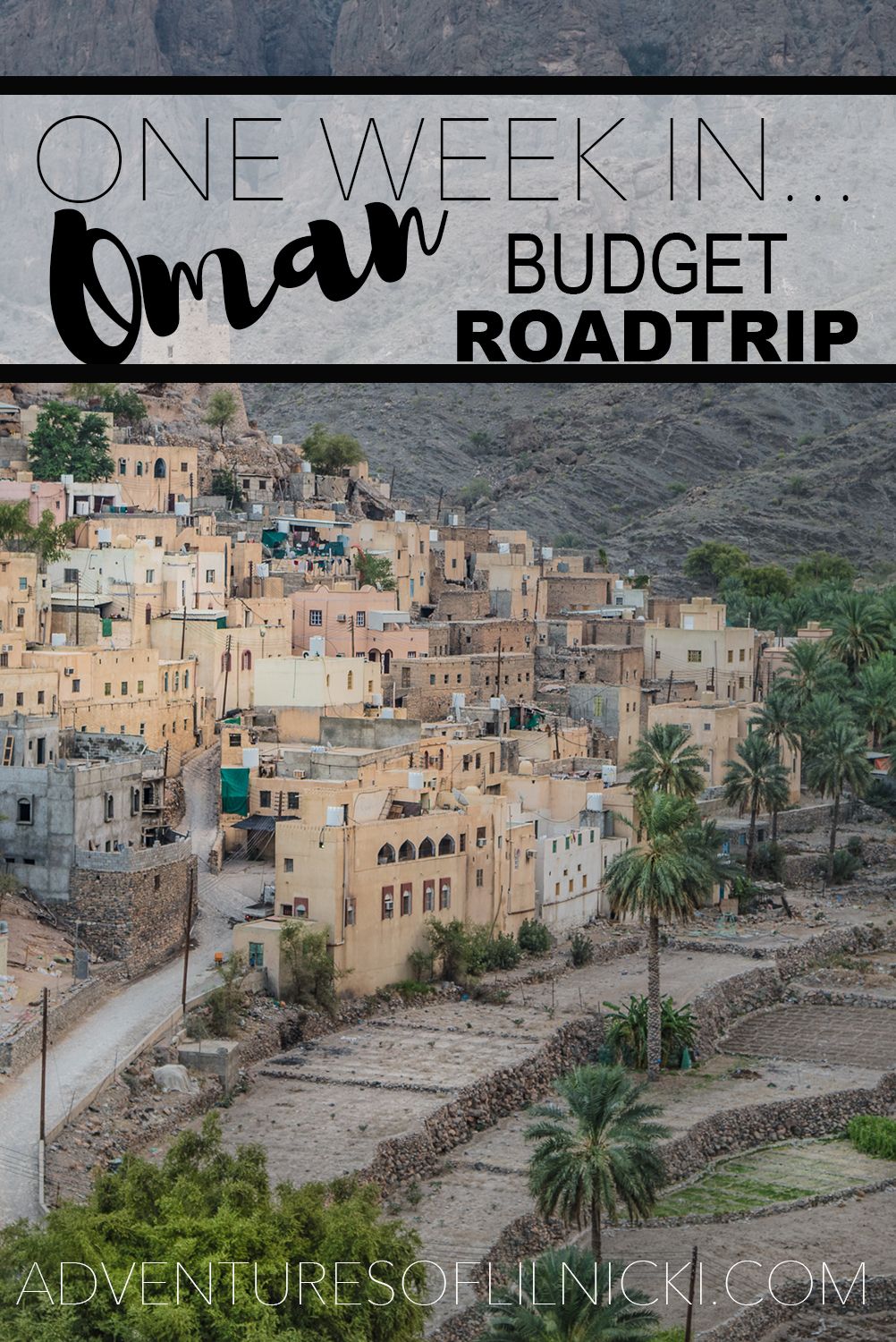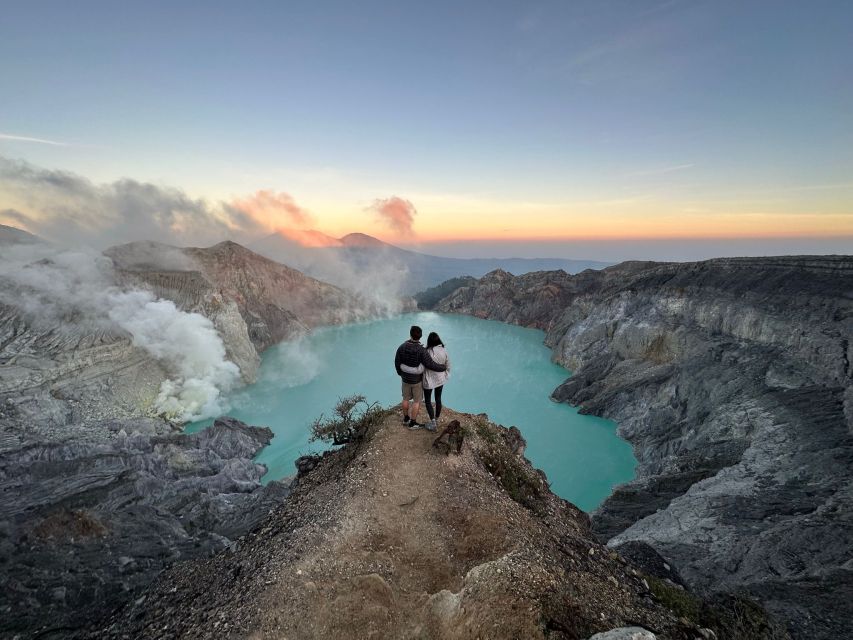
Mount Ijen, a stratovolcano nestled within the larger Ijen caldera complex in East Java, Indonesia, is a destination unlike any other. It’s a place where the earth breathes fire, where a colossal turquoise acid lake shimmers under the sun, and where men toil in conditions that defy imagination. A visit to Ijen is an immersive journey into raw nature, a testament to human resilience, and an unforgettable visual spectacle. But its unique challenges demand careful planning and preparation. This comprehensive guide will equip you with all the essential tips to navigate your adventure to Mount Ijen, ensuring a safe, respectful, and truly awe-inspiring experience.
A Glimpse into Ijen’s Fiery Past: History and Geology
Mount Ijen is not just a mountain; it’s an active volcano, part of a sprawling caldera that spans approximately 20 kilometers. Its history is deeply rooted in geological forces, with its current form shaped by countless eruptions over millennia. Geologically, Ijen is part of the "Ring of Fire," a vast area in the Pacific Ocean where a large number of earthquakes and volcanic eruptions occur. The volcano’s most striking feature, the Kawah Ijen crater lake, is the world’s largest highly acidic crater lake, a result of continuous hydro-thermal activity.
Related Articles about Conquering the Inferno: Your Ultimate Travel Guide to Mount Ijen:
- Reaching for the Sky: Your Ultimate Guide to Mount Fuji
- Casablanca: Where Ancient Charm Meets Modern Dynamism
- Thailand: A Tapestry of Enchantment – Your Ultimate Guide to the Land of Smiles
- Doha Unveiled: A Comprehensive Travel Guide to Qatar’s Dynamic Capital
- Majestic Majesty: Unveiling the Secrets of Mount Fuji
While Ijen has a history of eruptions, with the last significant one occurring in 1999, its activity is primarily characterized by persistent fumarolic emissions. These vents continuously release sulfuric gases, which are the very source of its most famous phenomenon: the ethereal blue flames. For centuries, these sulfur deposits have been a valuable resource, attracting local miners who have developed an incredibly arduous and dangerous trade, carrying heavy loads of sulfur up from the crater floor. This blend of geological marvel and human endeavor gives Ijen a unique historical and cultural significance, far beyond just its natural beauty.
The Allure of Ijen: Main Attractions
Mount Ijen offers a trio of unparalleled attractions that draw adventurers from across the globe. Each presents a distinct facet of this extraordinary landscape.
The Enigmatic Blue Fire Phenomenon
The undisputed star of the Ijen experience is its mesmerizing "blue fire." This is not molten lava, but rather the combustion of sulfuric gases that emerge from cracks in the volcano at high pressures and temperatures, sometimes exceeding 360°C. When these gases ignite upon contact with the air, they burn with an electric blue flame, creating an otherworldly glow that dances in the pre-dawn darkness.
To witness this spectacle, you must begin your trek well before midnight, typically starting the ascent around 1:00 AM or 2:00 AM. After reaching the crater rim, a challenging descent into the crater itself is required. The blue flames are most vibrant and visible in complete darkness, making the timing crucial. It’s a breathtaking, almost surreal experience, offering a stark contrast to the darkness and the distant stars. However, it’s essential to remember that you are descending into an active volcanic crater, surrounded by toxic fumes, making safety precautions paramount.
The Turquoise Jewel: Kawah Ijen Crater Lake
As the sun begins to rise, painting the sky with hues of orange and pink, the blue flames gradually fade, revealing Ijen’s second grand attraction: the Kawah Ijen crater lake. This vast, sulfuric body of water shimmers with an impossible turquoise hue, a stunning visual contrast to the stark, yellow-tinged crater walls. The vibrant color is due to the lake’s extreme acidity and high concentration of dissolved minerals.
At approximately 1 kilometer wide and 200 meters deep, it holds the title of the world’s largest highly acidic crater lake. While undeniably beautiful, its beauty is deceptive. The lake’s pH level is incredibly low, approaching 0.5, making it lethal to any living organism and highly corrosive. Visitors are strictly warned against touching the water or even getting too close, as the fumes emanating from its surface can be hazardous. Standing on the crater rim, gazing down at this magnificent, yet deadly, natural wonder is an experience that humbles and inspires in equal measure.
The Indomitable Spirit: Sulfur Miners of Ijen
Beyond the natural wonders, a visit to Ijen offers a profound encounter with the human spirit. The sulfur miners of Ijen perform one of the world’s most dangerous and physically demanding jobs. Each day, they descend into the toxic crater, chipping away at solidified sulfur deposits, loading baskets with up to 70-90 kilograms of bright yellow sulfur, and then making the arduous climb out of the crater and down the mountain.
Witnessing their incredible strength, resilience, and perseverance firsthand is a humbling experience. While observing their work, it’s vital to maintain a respectful distance, avoid obstructing their path, and refrain from treating them as mere photo opportunities. If you wish to offer a small token of appreciation, consider purchasing a small sulfur carving from them at the base or offering a tip, but always do so respectfully and discreetly. Their presence adds a raw, poignant layer to the Ijen experience, reminding visitors of the harsh realities that exist alongside such breathtaking beauty.
Essential Travel Tips for a Seamless Ijen Experience
Visiting Mount Ijen requires more than just enthusiasm; it demands careful planning and adherence to safety guidelines.
Physical Preparation and Health
The trek to Ijen’s crater rim is moderately strenuous, covering about 3 kilometers with an elevation gain of approximately 450 meters. The path is mostly uphill, rocky, and can be slippery. The descent into the crater for the blue fire is even more challenging, involving steep, uneven terrain in the dark.
- Fitness: Ensure you have a reasonable level of fitness. Regular hiking or cardio exercise in the weeks leading up to your trip will be beneficial.
- Acclimatization: While not extremely high altitude, the air is thinner. Take it slow, especially on the ascent.
- Health Conditions: If you have respiratory issues, heart conditions, or are pregnant, it’s strongly advised to consult a doctor before attempting the trek due to the toxic fumes.
Packing Essentials: Be Prepared for Anything
Your packing list is crucial for comfort and safety:
- Warm Layers: The pre-dawn hours are cold, especially on the crater rim. Pack a base layer, fleece, and a windproof/waterproof jacket. Gloves and a beanie are also recommended.
- Sturdy Hiking Boots: Essential for the rocky, uneven, and potentially slippery terrain. Ensure they have good ankle support.
- Headlamp/Flashlight: Absolutely critical for navigating the dark trails, especially if descending into the crater for the blue fire.
- Gas Mask/Respirator: This is non-negotiable. Sulfur fumes can be overwhelming and dangerous. While some tours provide basic masks, consider investing in a high-quality respirator (N95 or P100 equivalent) for better protection.
- Water and Snacks: Stay hydrated. Energy bars or fruit will help sustain you.
- Small Backpack: To carry your essentials, leaving your hands free.
- Personal First-Aid Kit: Blister plasters, pain relievers, any personal medications.
- Eye Protection: Goggles or sunglasses to protect your eyes from sulfur particles and bright sunlight.
- Camera: A wide-angle lens is great for capturing the vast landscapes. Protect your camera from sulfur dust.
Hiring a Local Guide: Safety First
While it’s technically possible to trek Ijen without a guide, it is highly recommended, especially if you plan to descend into the crater for the blue fire.
- Safety: Guides know the safest paths, especially in the dark. They can assess wind direction and fume density, advising when it’s safe to proceed or retreat.
- Local Knowledge: They offer insights into the volcano’s history, geology, and the lives of the miners.
- Support: They can assist in case of an emergency or if you feel unwell.
- Support Local Economy: Hiring a local guide directly contributes to the community.
Safety Precautions at the Crater
The beauty of Ijen comes with inherent dangers:
- Stay on Designated Paths: Do not venture off marked trails, especially near the crater rim or during the descent.
- Heed Your Guide’s Advice: They are experts on the local conditions.
- Gas Fumes: Always wear your gas mask when in the crater or when fumes are present. If the fumes become too strong, retreat immediately to higher ground or a less exposed area.
- No Swimming: The crater lake is highly acidic and toxic. Do not touch or enter the water.
- Respect the Miners: Give them space, do not block their path, and avoid taking photos without permission.
Responsible Tourism and Etiquette
- Leave No Trace: Carry out all your trash. Preserve the pristine environment.
- Respect Local Culture: Dress modestly when visiting villages or interacting with locals.
- Ethical Photography: Be mindful when photographing people, especially the miners. Ask for permission or be discreet.
Best Time to Visit Mount Ijen
Timing your visit can significantly impact your experience.
- Dry Season (April to October): This is generally considered the best time to visit. The weather is more predictable, with less rain, clearer skies, and safer trekking conditions. Roads are less muddy, and the visibility for both the blue fire and the crater lake is optimal.
- Rainy Season (November to March): While Ijen remains open, heavy rainfall can make the trails extremely slippery and dangerous. Fumes might be trapped more easily, and visibility can be significantly reduced. There’s also a higher chance of trail closures due to extreme weather.
- Time of Day: To witness the blue fire, you must start your trek between 1:00 AM and 2:00 AM to reach the crater before dawn. The sunrise over the crater lake is equally spectacular. Weekdays are generally less crowded than weekends.
Accommodation: Where to Stay Near Ijen
The primary base for exploring Mount Ijen is Banyuwangi, a city located on the easternmost tip of Java. It offers a range of accommodation options to suit various budgets.
- Luxury/Mid-Range:
- Jiwa Jawa Resort Ijen: Located closer to the Ijen entrance, offering a more rustic but comfortable experience with beautiful views.
- Dialoog Hotel Banyuwangi: A more modern, stylish hotel in the city center with excellent facilities, ideal for relaxing after your trek.
- Ketapang Indah Hotel: A well-established option with good amenities, often catering to tour groups.
- Budget-Friendly/Guesthouses:
- Numerous guesthouses and homestays are available in Banyuwangi, offering basic but clean rooms and often including breakfast. Many can also arrange Ijen tours and transportation. Look for places with good reviews on booking platforms.
- Closer to Ijen: While most stay in Banyuwangi, a few basic accommodations like Arabica Homestay or Catimor Homestay are located closer to the Paltuding starting point. These are very basic but offer the advantage of a shorter drive to the trailhead.
Booking your accommodation in advance, especially during peak season, is highly recommended. Many hotels can also assist with arranging Ijen tours and transportation, which can simplify your planning.
Culinary Delights: Local Food to Savor
Banyuwangi and East Java boast a vibrant culinary scene. Don’t leave without trying some local specialties:
- Nasi Tempong: A signature Banyuwangi dish. Steamed rice served with a variety of side dishes like fried chicken, tofu, tempeh, fresh vegetables, and a spicy sambal (chili paste) that gives it its "tempong" (slap) kick.
- Pecel Rawon: A unique fusion of two Javanese favorites: "pecel" (blanched vegetables with peanut sauce) and "rawon" (black beef soup, colored by keluak nuts).
- Rujak Soto: Another distinct Banyuwangi creation. A combination of "rujak cingur" (fruit and vegetable salad with beef snout) and "soto" (traditional Indonesian soup). It’s an unusual but surprisingly delicious blend of sweet, sour, and savory.
- Sate Ayam/Kambing: Skewered and grilled chicken or goat meat, served with peanut sauce or a sweet soy sauce. A ubiquitous Indonesian favorite.
- Seafood: Being a coastal region, Banyuwangi offers fresh and affordable seafood, often grilled with various marinades.
- Kopi Osing: Try the local Banyuwangi coffee, often prepared in traditional ways.
Explore local warungs (small, family-run eateries) for an authentic and affordable culinary experience.
Navigating Your Journey: Transportation to Ijen
Getting to and from Mount Ijen involves a few steps.
To Banyuwangi (Your Base City)
- By Air: Banyuwangi’s Blimbingsari Airport (BWX) has direct flights from Jakarta (CGK) and Surabaya (SUB). This is the quickest option for domestic travelers. There are also direct flights from Bali’s Denpasar (DPS) airport, making it a popular choice for tourists combining Ijen with a Bali trip.
- By Train: Trains offer a comfortable and scenic way to reach Banyuwangi from major cities like Surabaya (Gubeng Station) or Malang. The journey takes approximately 6-7 hours. The train station in Banyuwangi is Karangasem or Banyuwangi Kota.
- By Bus: Buses are the most economical option, connecting Banyuwangi to various cities in Java and even Bali (via ferry). However, journeys can be long and less comfortable.
- From Bali: If coming from Bali, you can take a bus or private car to Gilimanuk Port, then a ferry across to Ketapang Port in Banyuwangi. The ferry ride is about 45 minutes. From Ketapang, it’s a short ride to Banyuwangi city center.
From Banyuwangi to Mount Ijen (Paltuding Post)
The Ijen crater is accessed via the Paltuding post, approximately 1.5-2 hours drive from Banyuwangi city.
- Organized Tour Packages: This is by far the most popular and recommended option. Most hotels and tour operators in Banyuwangi offer Ijen blue fire tours. These packages typically include transportation (round trip), a local guide, gas masks, entrance fees, and sometimes breakfast. It’s convenient, safe, and takes care of all logistics.
- Private Car Rental with Driver: You can hire a private car with a driver for the night. This offers flexibility but is generally more expensive than joining a tour. Ensure the driver is experienced with mountain roads and night driving.
- Motorcycle Rental: For experienced riders, renting a scooter or motorcycle is an option. However, the road to Paltuding is winding, steep, and dark in the early hours, making it potentially dangerous for those unfamiliar with the terrain.
- Ojek (Motorcycle Taxi): While possible for shorter distances, finding an Ojek willing to make the full round trip at such late hours can be challenging and might not be the safest or most comfortable option.
Mount Ijen is a truly extraordinary destination that promises an adventure of a lifetime. By heeding these travel tips, respecting its raw power, and approaching it with both excitement and caution, you will be rewarded with memories that burn as brightly as its famed blue flames. Prepare yourself for a journey into the heart of a living, breathing volcano, and discover the unparalleled beauty and resilience that define this remarkable corner of Indonesia.
